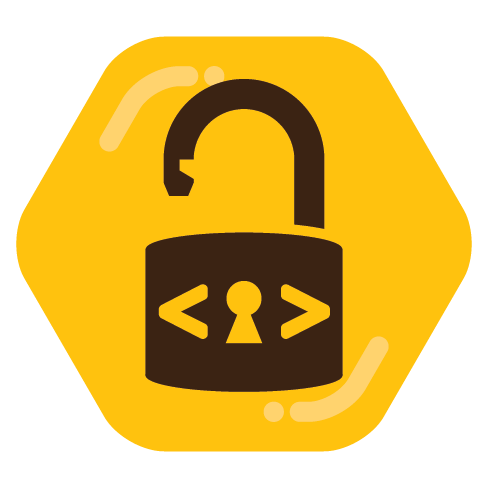
This was with the default logging:
RUST_LOG=warn,extism=info,lemmy_server=debug,lemmy_api=debug,lemmy_api_common=debug,lemmy_api_crud=debug,lemmy_apub=debug,lemmy_db_schema=debug,lemmy_db_views=debug,lemmy_routes=debug,lemmy_utils=debug,lemmy_websocket=debug
Any idea which one I should set to trace?













Agreed. Amazon is a sales company. Google is a data company. Open Home Foundation is a better company.